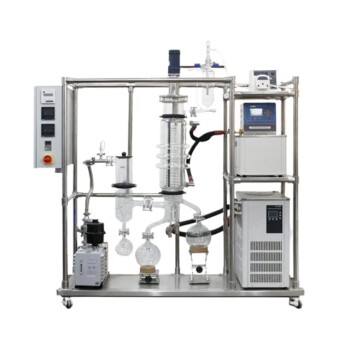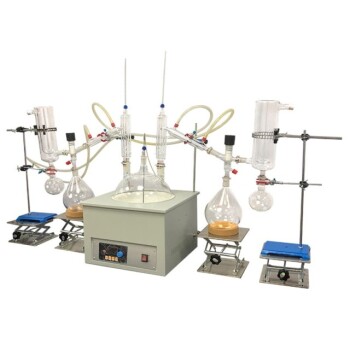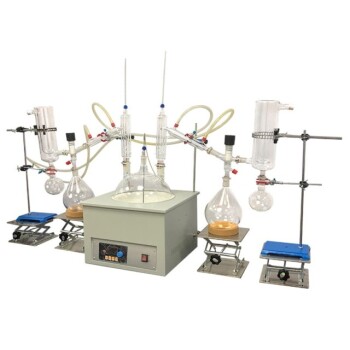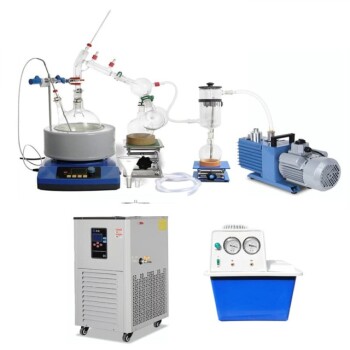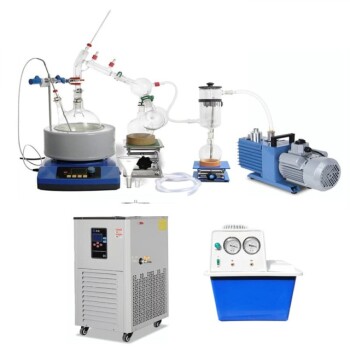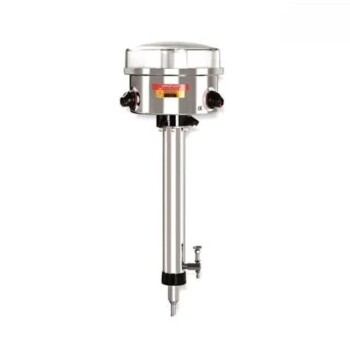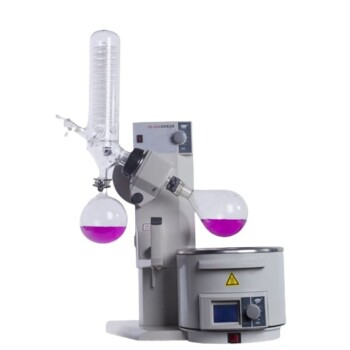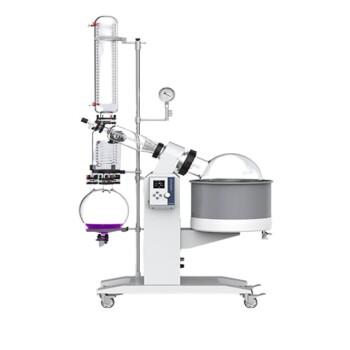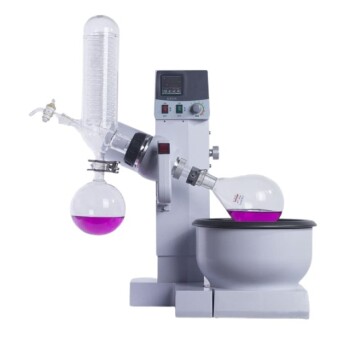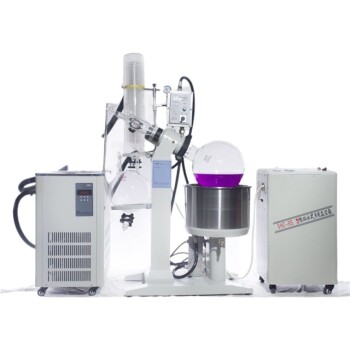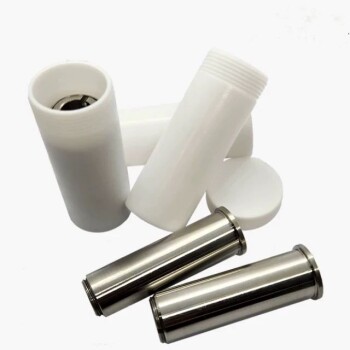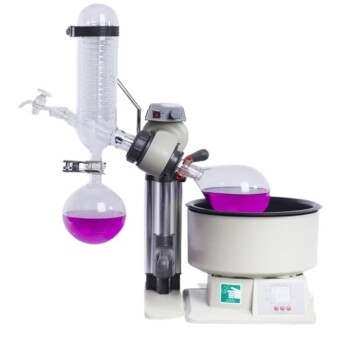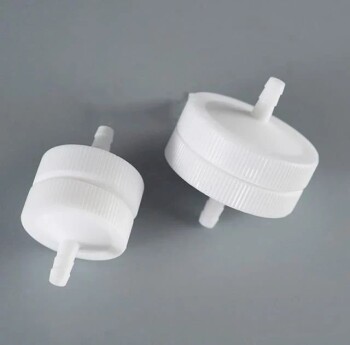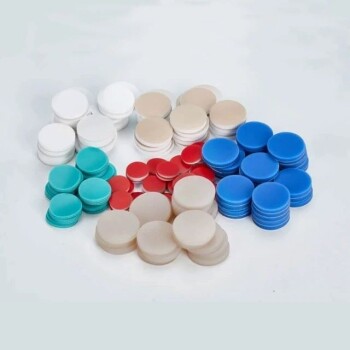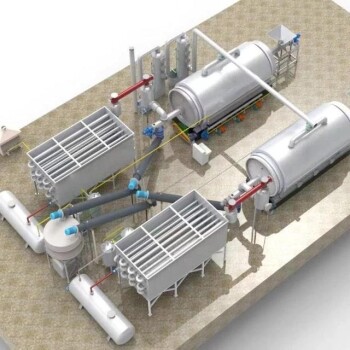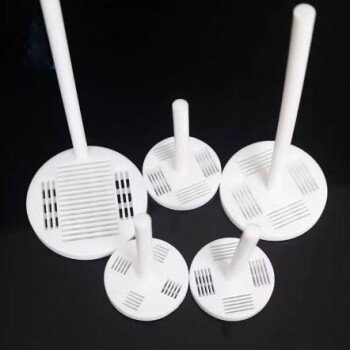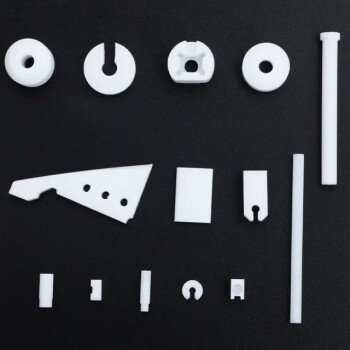Molecular distillation is a specialized separation technique used to purify and concentrate thermally sensitive compounds, such as vitamins, polyunsaturated fatty acids, and natural health products. It operates under extremely low vacuum pressure (as low as 0.01 torr) and high temperatures, with a short distance between the evaporator and condenser. This minimizes molecular collisions and ensures efficient separation of components with similar boiling points or heat-sensitive properties. The process is widely used in industries requiring high-purity products, as it avoids chemical treatments and preserves the natural properties of the materials. An example of molecular distillation is the purification of omega-3 fatty acids from fish oil, where the technique ensures the retention of the oil's nutritional value while removing impurities.
Key Points Explained:
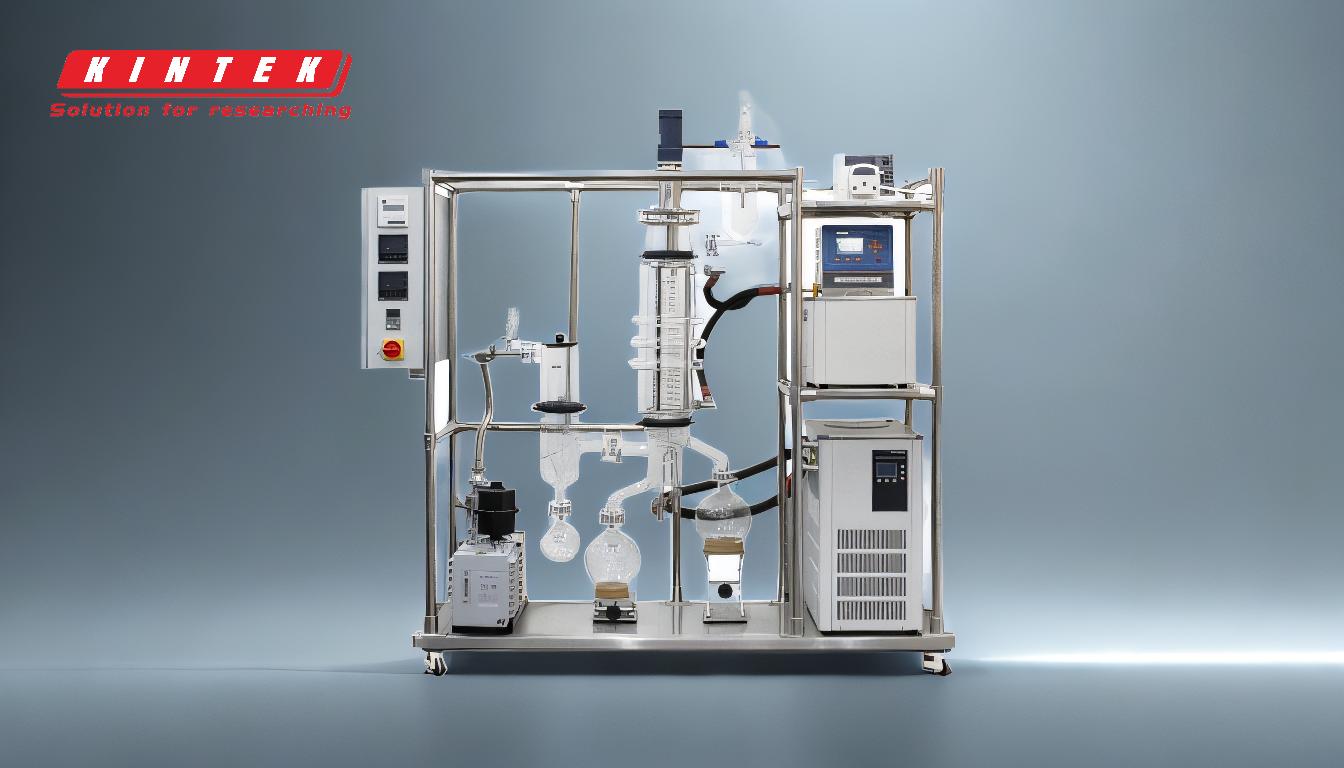
-
Definition and Purpose of Molecular Distillation:
- Molecular distillation is a short-path vacuum distillation technique used to separate and purify thermally sensitive compounds.
- It is particularly effective for separating high-boiling-point or heat-sensitive substances, such as vitamins, polyunsaturated fatty acids, and natural health products.
- The process eliminates the need for chemical treatments, preserving the natural properties of the materials.
-
Operating Conditions:
- Molecular distillation operates under extremely low vacuum pressure, typically as low as 0.01 torr.
- High temperatures are applied to the distillate liquid, but the low pressure reduces the boiling points of substances, minimizing thermal degradation.
- The short distance (about 2 cm) between the evaporator and condenser ensures minimal vapor hold-up and efficient condensation.
-
Mechanism of Separation:
- The process relies on the mean free path of molecules, which is the average distance a molecule travels before colliding with another molecule.
- Under high vacuum conditions, the mean free path is extended, reducing molecular collisions and allowing for precise separation based on individual molecular properties.
- Vaporized molecules travel a short distance to the condenser, where they are immediately condensed and collected.
-
Applications of Molecular Distillation:
- Purification of Natural Health Products: Used to concentrate and purify vitamins, essential oils, and other bioactive compounds without compromising their integrity.
- Functional Oils: Commonly applied in the production of high-purity omega-3 fatty acids from fish oil, ensuring the retention of nutritional value.
- Heat-Sensitive Compounds: Ideal for separating and purifying thermally unstable or easily oxidized substances.
-
Advantages Over Traditional Distillation:
- Minimal Thermal Degradation: The low pressure and short exposure time reduce the risk of damaging heat-sensitive compounds.
- High Purity: The process achieves high separation efficiency, even for compounds with similar boiling points.
- Chemical-Free: No chemical additives are required, making it suitable for natural and organic products.
-
Example: Purification of Omega-3 Fatty Acids:
- Omega-3 fatty acids, found in fish oil, are highly sensitive to heat and oxidation.
- Molecular distillation is used to concentrate and purify these fatty acids while removing impurities such as heavy metals and environmental contaminants.
- The process ensures the final product retains its nutritional and therapeutic properties, making it suitable for dietary supplements and functional foods.
-
Industrial Relevance:
- Molecular distillation is widely used in the pharmaceutical, nutraceutical, and food industries for producing high-purity products.
- Its ability to handle thermally sensitive and high-boiling-point compounds makes it indispensable for applications requiring stringent quality standards.
By combining high vacuum conditions, precise temperature control, and short-path distillation, molecular distillation offers a reliable and efficient method for separating and purifying complex mixtures, particularly those containing heat-sensitive or high-value compounds.
Summary Table:
| Aspect | Details |
|---|---|
| Definition | Short-path vacuum distillation for heat-sensitive compounds. |
| Operating Conditions | Low vacuum (0.01 torr), high temperatures, short evaporator-condenser distance. |
| Key Mechanism | Relies on extended mean free path of molecules under high vacuum. |
| Applications | Purification of vitamins, omega-3 fatty acids, and natural health products. |
| Advantages | Minimal thermal degradation, high purity, chemical-free. |
| Example | Purification of omega-3 fatty acids from fish oil. |
Discover how molecular distillation can enhance your product quality—contact our experts today!
